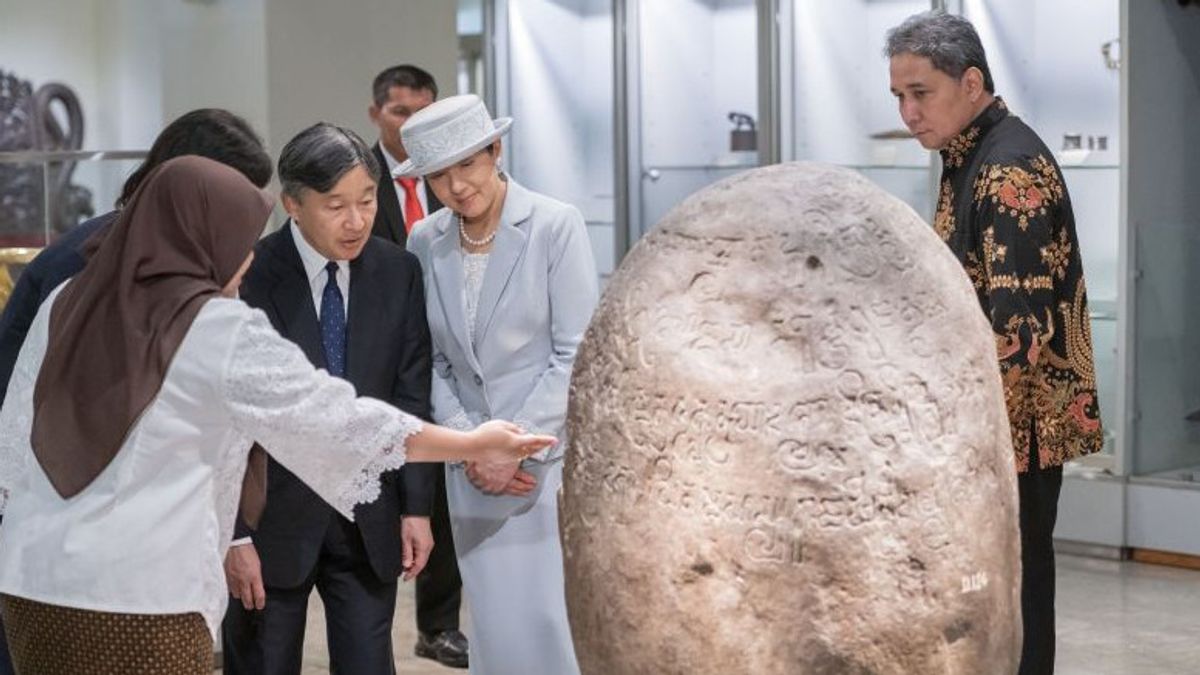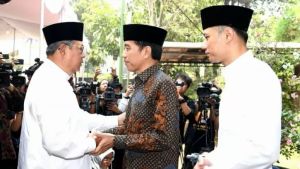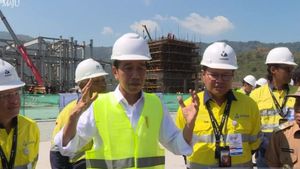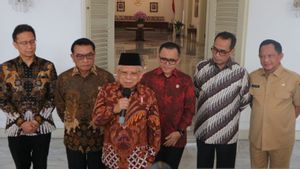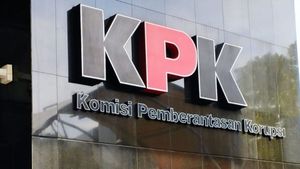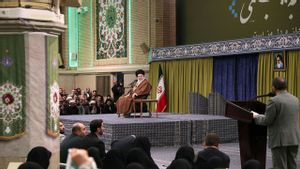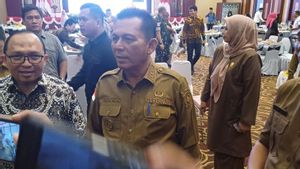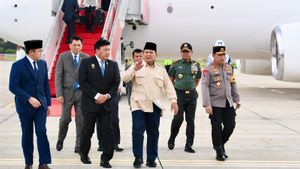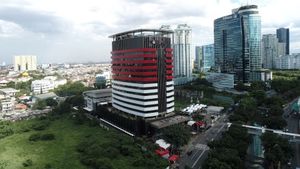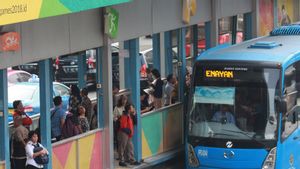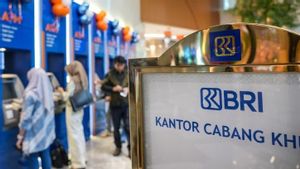JAKARTA - Japanese Emperor Hironomiya Naruhito and Queen Masako are interested in the civilization of the irrigation system in Indonesia, one of which is illustrated by the Tugu Inscription, Harinjing Inscription and the Palepangan Inscription at the National Museum, Jakarta.
"How many people have worked on this water channel?", said Emperor Naruhito as quoted by ANTARA, Tuesday, June 20.
Emperor Naruhito's interest in the civilization of the Indonesian irrigation system was reflected in the Emperor's curiosity when the Hindu Buddhist Curator of the Fifia Wardhani National Museum explained about these inscriptions.
Emperor Naruhito's curiosity mainly arose against the Tugu inscription found in Koja, North Jakarta, in the 5th century AD and was issued during the reign of King Purnawarman, the Tarumanegara Kingdom.
The Tugu inscription containing the construction of two rivers or canals namely Candrabhaga and Gomati with Candrabhaga has been excavated first so that the water flows into the sea and passes through the palace of the Purnawarman kingdom.
After Candrabhaga, Purnawarman ordered the excavation of a 12-kilometer river called Gomati which was carried out in the 22nd year from the Purnawarman government and completed within 21 days.
The discovery of the Tugu Inscription is an indication that at that time the community understood the importance of managing water resources and infrastructure development by understanding the natural character of the residential environment.
Emperor Naruhito was surprised because in the past the Indonesian people had been able to regulate the water irrigation system, even in such a very short time that he asked the number of people who built the irrigation.
Not only the irrigation system, but the Emperor of Japan is also curious about these inscriptions because until now they are still good and deserve to be exhibited to the public even though they have been found since the 5th century.
اقرأ أيضا:
The inscriptions seen by the Emperor of Japan are made of natural stone but have different shapes that affect the efficacy of the shape and writing on the inscription.
"What kind of ingredients (inscription)? Because the characters are still clear," said Emperor Naruhito.
Director General of Culture of the Ministry of Education, Culture, Research and Technology (Kemendikbudristek) Hilmar Farid explained that the Japanese Emperor did have a special interest in the water irrigation system because it was in line with the Emperor's lecture study field.
According to Hilmar, Emperor Naruhito's interest in the Tugu Inscription shows that there is actually extraordinary knowledge in Indonesian society regarding the irrigation system long ago.
"For those (Kaisar and his entourage) who study the history of water management realize that people in this area (Indonesia) have been developing such sophisticated knowledge for a long time. Of course this is amazing for both of them," said Hilmar.
The English, Chinese, Japanese, Arabic, and French versions are automatically generated by the AI. So there may still be inaccuracies in translating, please always see Indonesian as our main language. (system supported by DigitalSiber.id)
